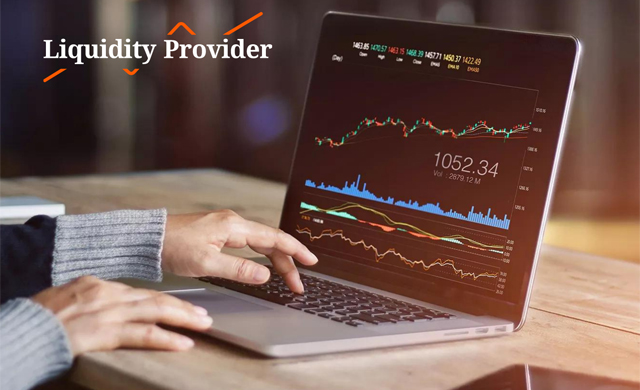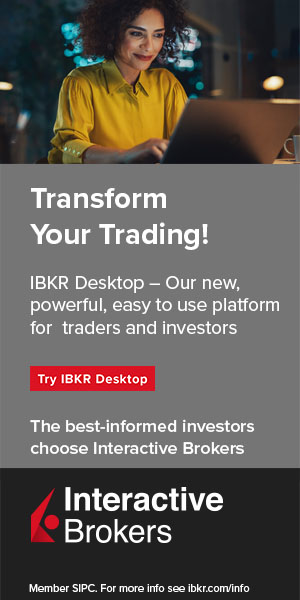It’s odd to bring up the topic of liquidity when discussing the Forex market, because fiat currencies are considered assets with absolute liquidity. This means that a holder can purchase and sell any currency at the current market price. The FX numbers are impressive, with a 24-hour trading volume of almost $6.6 billion. Meanwhile, for fresh firms entering the market, a dependable liquidity source is one of the most critical factors. Let’s get this straight.

The scope of responsibilities of a liquidity provider
In general, the Forex market refers to the area where all currencies are bought and sold, and individual traders do not have access to this area. Brokerage firms act as middlemen, allowing clients to exchange currency pairings. More than 3000 enterprises have already entered the foreign exchange market.
Major banks, hedge funds, and other significant financial institutions maintain forex liquidity. Providers link brokerage firms with financial institutions, filling order books with a never-ending stream of bid and ask offers. What if a broker refuses to work with FX liquidity providers? This type of business relies on its own order book to match bid and ask orders issued by customers.
When do those brokers have to deal with roadblocks? First and foremost, everything is dependent on the number of clients that have accounts on a platform. For example, a broker with 10,000 or more clients may be able to successfully withstand an order book shortage. Trading pairings of low popularity, on the other hand, should also be considered.
Problems caused by the lack of liquidity
With 20.03 percent of the market covered, the EUR/USD has the most liquidity. It’s difficult to believe that the order book is lacking bid and ask proposals for this pair. What about some of the less well-known trading options? The XAU/USD pair, for example, accounts for 2.88 percent of the market, and a broker may have difficulties if a trader seeks to exchange a big number of XAU/USD units. Due to a shortage of liquidity, it is necessary to purchase higher and sell lower.
For example, the XAU/USD exchange rate is 1775.1824, and a trader discovers 10 units at this rate while other offers are higher. As a result, traders suffer losses and realize that it is past time to switch brokerage firms.
A dependable Forex liquidity provider avoids this by allowing traders to purchase and sell pairs in sync with the market.
Can market-makers be liquidity providers?
Many traders mix up FX market-makers and liquidity providers, and the lines between the two are often muddled. Major banks and other financial institutions ‘make’ the market active, and a brokerage firm might potentially interact directly with such institutions without the need of intermediaries. Meanwhile, the finest liquidity providers give access to Tier-1 market-makers (larger firms), allowing a company’s order book to be quite vast.
Forex traders benefit from high liquidity since spreads are near to zero, there are no gaps, and there are no price slippage effects.
As a result, brokerage firms must seek for a dependable provider capable of raising a firm’s level.
Criteria to take into account
It’s difficult to single out the top liquidity providers because so many firms recommend the service. Apply to firms that offer Tier-1 liquidity. Take a look at the list of liquidity providers that our experts have recommended. Each company is presented with extensive information to assist brokerage firms in making the best selection possible.


 Hot Features
Hot Features










